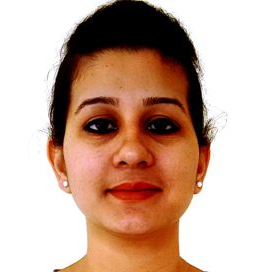
Rajdeep Kaur
Work place: CEC, Landran, Mohali-140301, India
E-mail: rajdeepkr9@gmail.com
Website:
Research Interests: Computer systems and computational processes, Data Structures and Algorithms, Combinatorial Optimization
Biography
Rajddep Kaur is currently Assistant Professor in CEC, Landran, Mohali, India. She received her B.Tech in Electronic and communication engineering from Punjab Technical University, Jallunder, India in 2012. She did her M.E. in Electronic and communication engineering from the Chandigarh University, Gharuan, Mohali, India. Her research interests include optimization, signal processing and CDMA systems.
Author Articles
PSO-Based NBI Resistant Asynchronous MC-CDMA Multiuser Detector
DOI: https://doi.org/10.5815/ijisa.2016.10.07, Pub. Date: 8 Oct. 2016
Nowadays with the increase of demand in multimedia communication, a reliable and error-free wireless communication system is the need of the hour. MC-CDMA is being investigated as a potential radio technology to provide fourth generation (4G) and fifth generation (5G) cellular mobile services. Narrowband interference (NBI) signals corrupts the subcarriers of MC-CDMA system and as a result its performance degrades. All the available NBI elimination methods uses some kind of filters and other circuitry prior to the demodulator (receiver) to filter out NBI. So addition of extra hardware to the system makes the system complex and slow. Moreover CDMA based systems are affected by digital NBI which gets superimposed with wideband spread spectrum signal. Multiuser detection could be an efficient technique to suppress NBI and multiple access interference (MAI). Computational complexity of opti-mum multiuser detector is an impediment in the way of an efficient multiuser detector. In this paper we propose a particle swarm optimization (PSO) based optimum multiuser detector to eliminate NBI. Simulation results show that performance of proposed PSO based multiuser detector is capable of eliminating NBI with much lesser amount of computational complexity.
[...] Read more.Other Articles
Subscribe to receive issue release notifications and newsletters from MECS Press journals